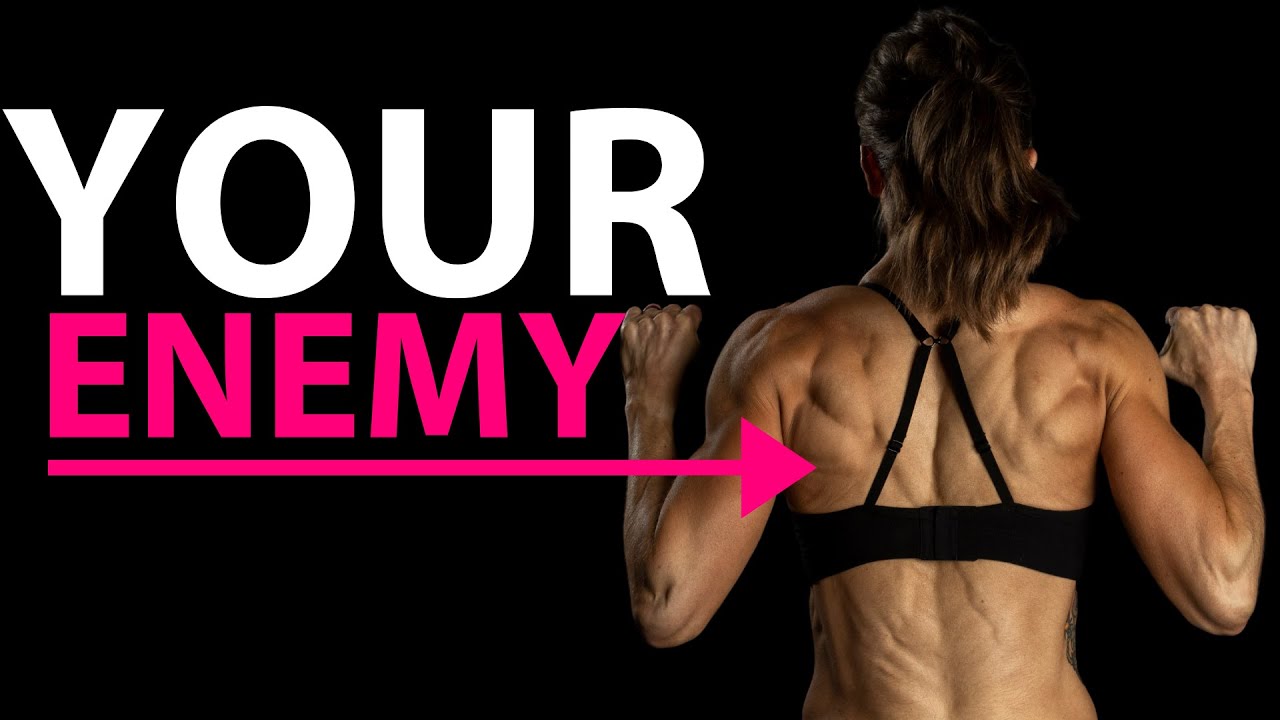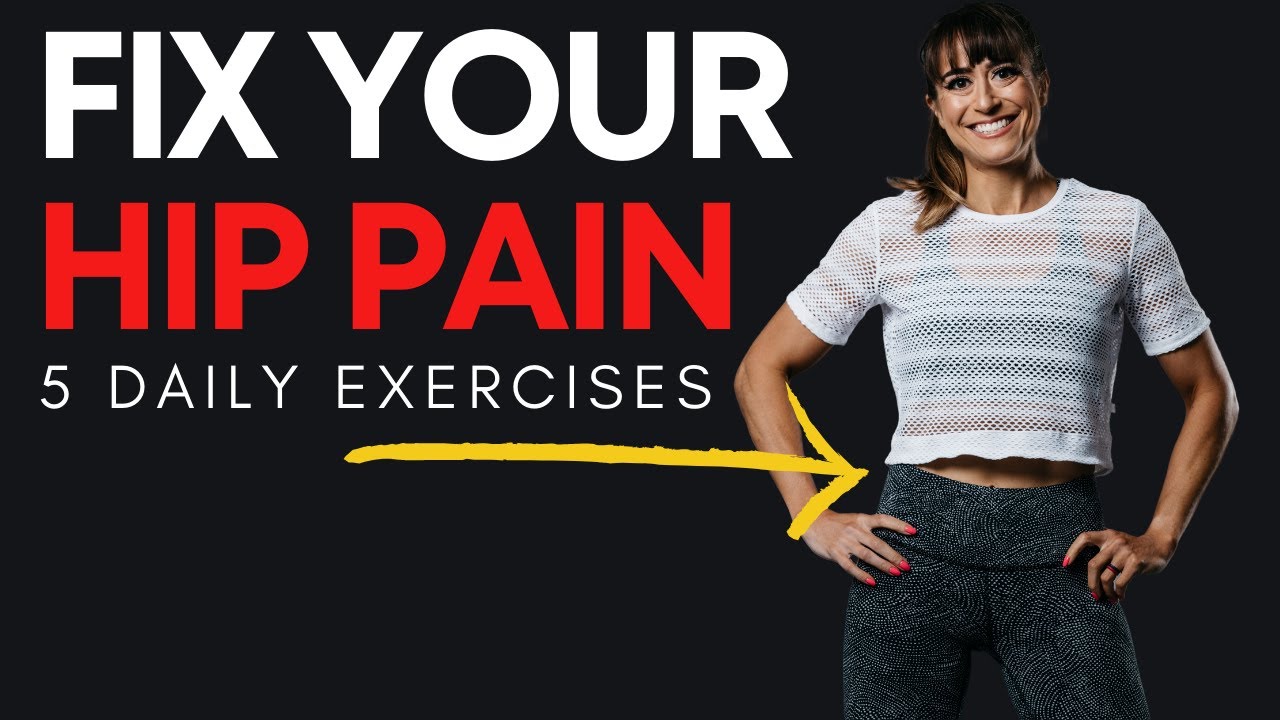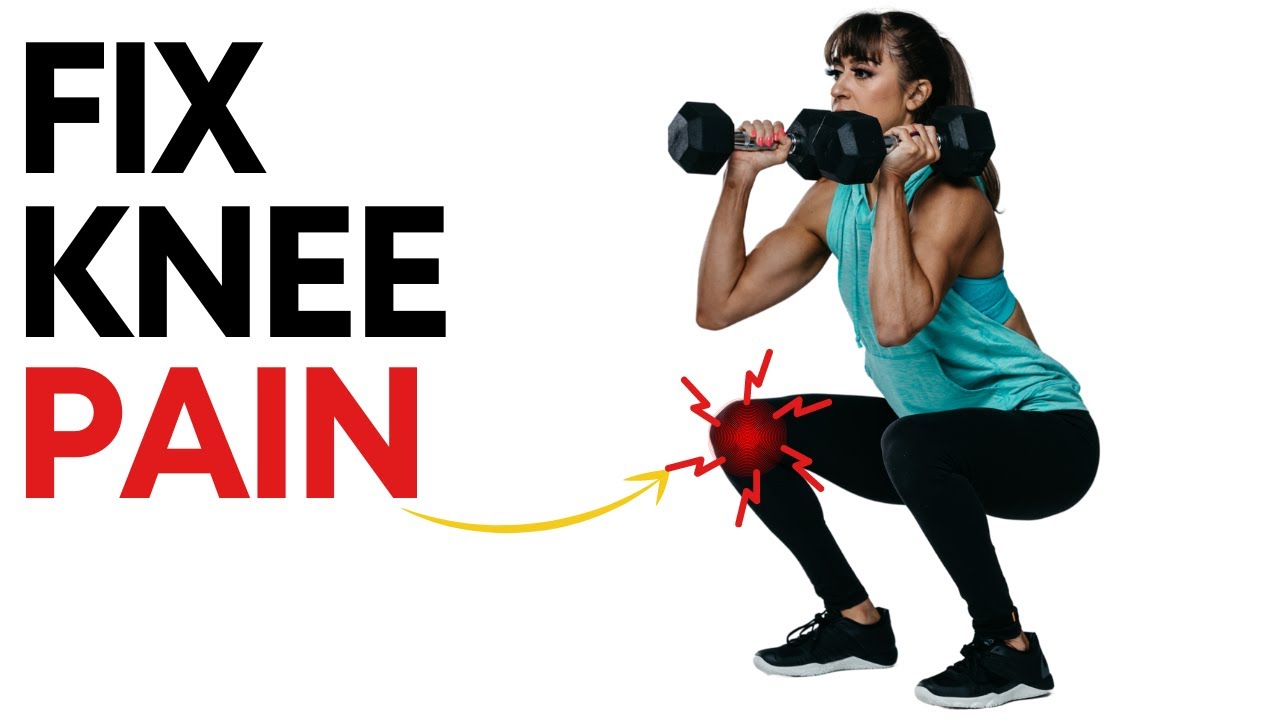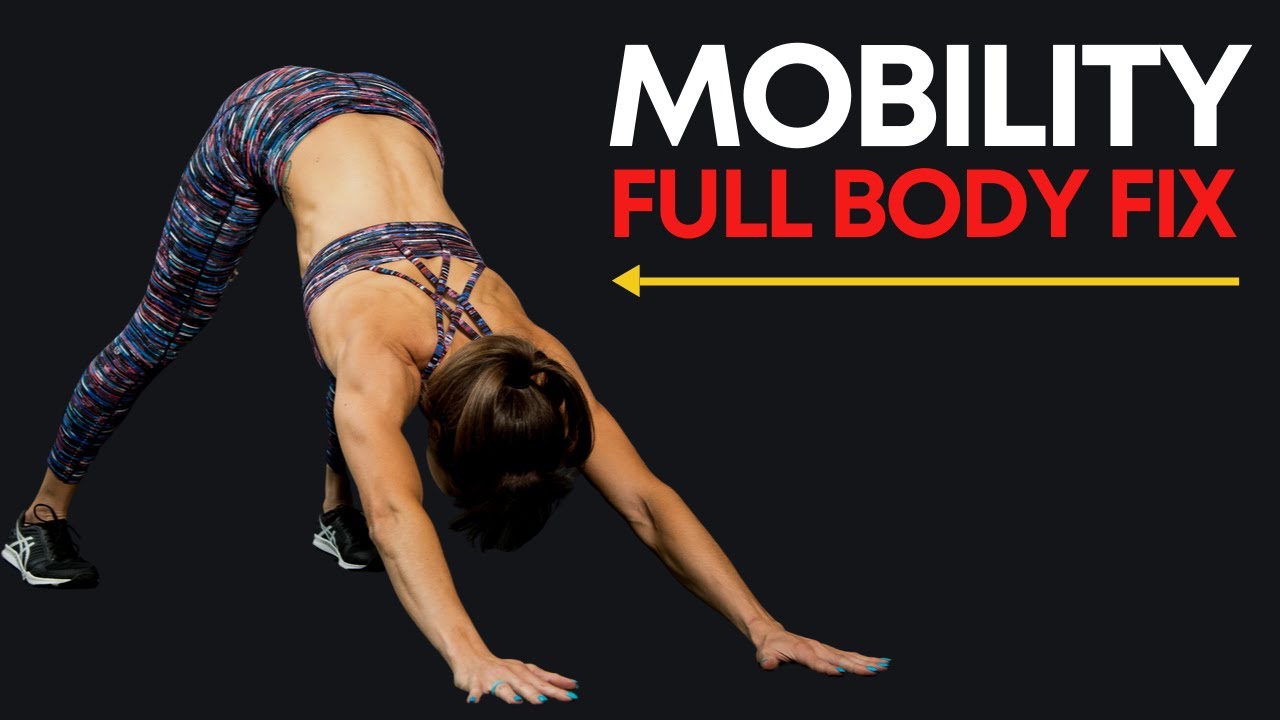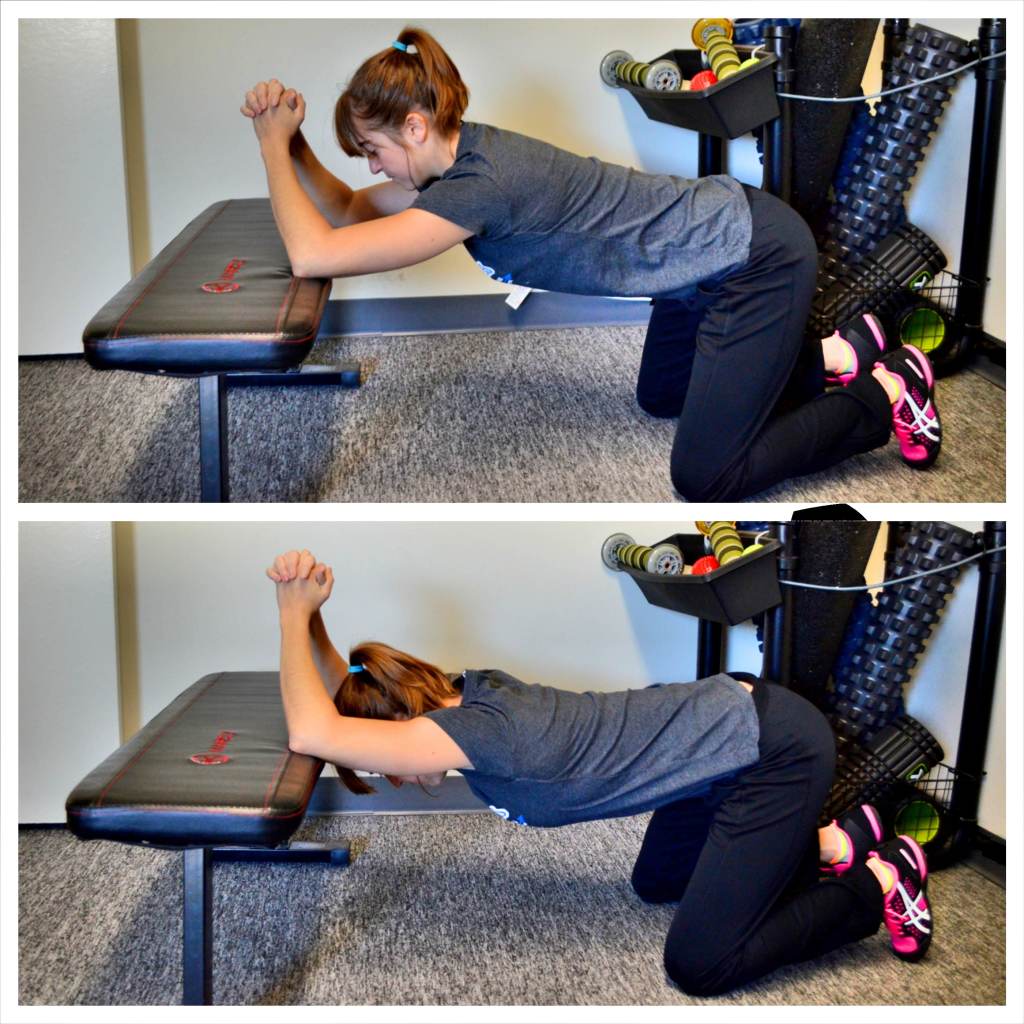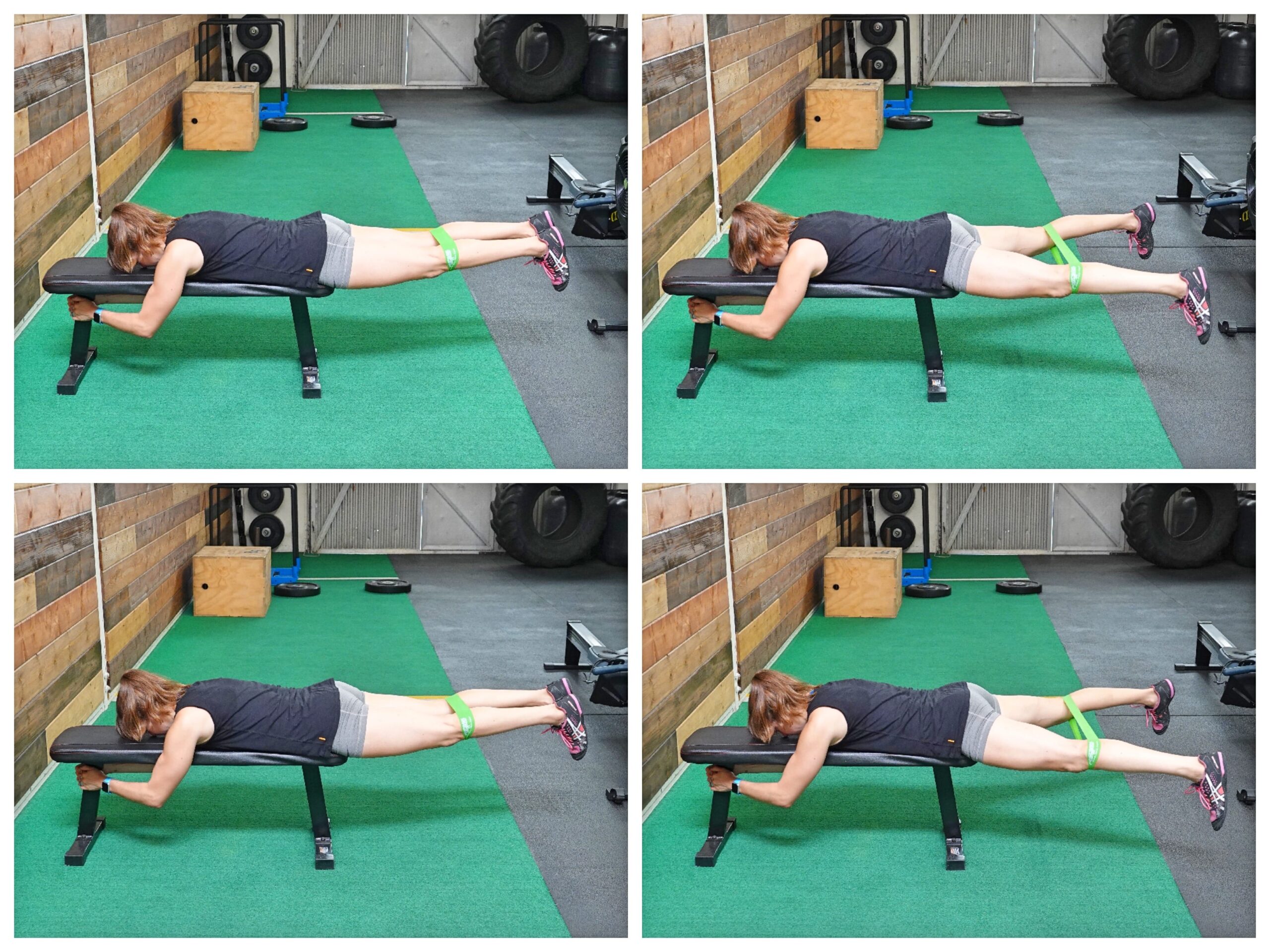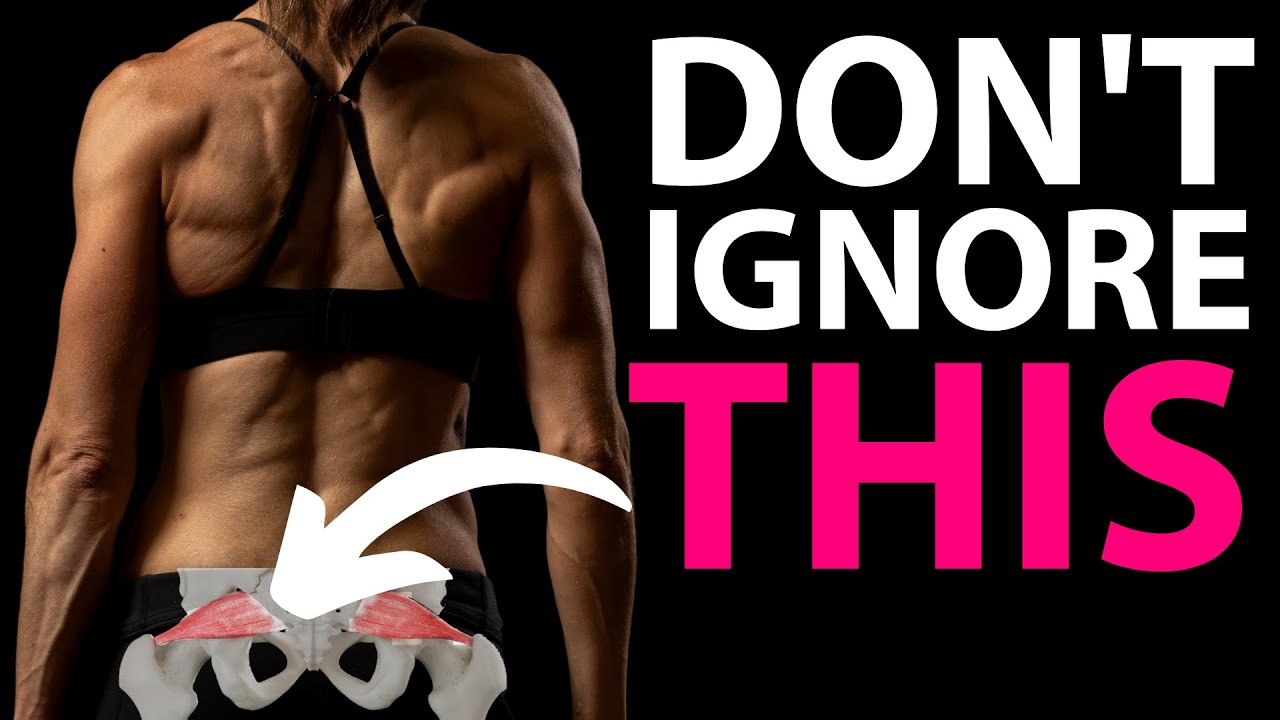
The Piriformis Muscle – A Real Pain In The BUTT
Issues with this muscle can be a real pain in the butt…(yeaaaa….bad joke)
I’m taking about the piriformis muscle.
This muscle can not only literally become a pain in the butt but it can also irritate the sciatic nerve leading to pain and irritation all down your leg.
And issues with this muscle can not only arise because of overuse during exercise but even honestly often simply because we’re spending too much time seated.
The first step in preventing and alleviating piriformis aches and pains is understanding what this muscle even does and it’s location.
What Does The Piriformis Do?
The piriformis muscle is a primary hip external rotator and helps with horizontal abduction of the hip when it is flexed to 90 degrees. It also helps stabilize your SI Joint. And can even potentially act as a weak hip extensor if the glute max is underactive.
This muscle becoming short and overactive can not only lead to piriformis syndrome and sciatic nerve compression but also hip and SI Joint issues not to mention lower back and even knee aches and pains.
However, this muscle can ALSO lead to sciatic nerve compression if it becomes lengthened, which creates the interesting question of…
To stretch or not to stretch?
But before I dive into whether or not to stretch this muscle and 3 key prehab moves to include to prevent and alleviate piriformis issues, I do just want to address one thing…
Are Sciatic Pain And Piriformis Issues The Same Thing?
While yes the piriformis muscle can compress or irritate the sciatic nerve and lead to sciatic nerve pain, and this is often what is termed piriformis syndrome, you can have piriformis issues that do not lead to sciatic nerve issues and you can have sciatic nerve compression NOT caused by the piriformis.
I think it’s key we note that sciatic nerve pain doesn’t always mean the piriformis muscle is the problem.
So if you have sciatic nerve pain, it is key you do address the culprit of the irritation or sources of the compression to address your specific mobility restrictions and overactive muscles.
You do want to determine if your compression is coming from your lower back or piriformis or even ankle mobility restrictions leading to compression at another point in your leg!
But if you have determined that the piriformis muscle is the issue, the question now is…..
Should I Stretch It?
The annoying answer is…IT DEPENDS!
Often when muscles become overactive and need to be relaxed and released to alleviate the issues, the muscles become shortened.
This means that you want to foam roll AND stretch the muscle before activating the muscle it is compensating for.
When it comes to our piriformis, when it is shortened and overactive we want to foam roll and stretch it while activating our glute max and our glute medius.
However, the piriformis muscle can also irritate the sciatic nerve when it becomes LENGTHENED.
And, in this case, stretching the muscle may provide even temporary relief but also PERPETUATE the problem.
So getting assessed to determine your exact imbalances and mobility restrictions is always key, but these 3 moves are a great place to start to not only relax an overactive piriformis whether it is shortened or lengthened while activating those underactive glute muscles!
So what are the 3 prehab moves you should be including?
3 Moves To Do To Help:
#1: Piriformis Foam Rolling
To relax and release the piriformis when it is overactive, foam rolling is a key first step. This can help decrease the tension this muscle is even applying to the sciatic nerve.
A ball works best to really apply more pressure, but you can use a roller especially starting out if you can’t relax against the ball.
To do Piriformis Foam Rolling, find the spot where the top of your back jean pocket would be.
You can then cross the ankle of that leg over the other knee as you lean into that side
When you find a tight spot, hold there and breathe. If you can’t relax as you hold, use a larger or softer ball or even the roller.
You may even find it helpful to lift and lower the leg as you hold to help the muscle relax and release itself.
Or, if more comfortable, you can even relax back onto your forearms as you hold.
#2: Bench Rotational Half Kneeling Hip Stretch
Hip mobility restrictions and even a lack of spinal mobility can often perpetuate piriformis issues.
And also because of the Piriformis’s impact on the SI joint, this Bench Rotational Half Kneeling Hip Stretch can be a key move to include in your prehab work.
To do the Bench Rotational Half Kneeling Hip Stretch, set up placing the top of your back foot on a bench and move to half kneeling on the ground. Make sure you’re not right on your knee back but actually rocked toward your thigh.
Move your front foot out so that knee is bent to about 90 degrees while allowing you to extend that back hip using your glute.
Place your opposite hand from your front foot down on the ground at your instep.
Squeeze your back glute to drive that hip into extension and place your other hand behind your head.
Rotate to bring that elbow back toward your elbow of your arm on the ground. You’re twisting away from that front leg and focusing on rotating through your spine.
The rotate that elbow up toward the ceiling, twisting toward your front leg.
Make sure to squeeze that back glute as you do and do NOT rock out on that front foot to create space.
Rotate open toward that leg then twist back toward that starting position.
You should feel that back hip and quad stretching and even a stretch in the outside of that hip and glute of your front leg.
You’ll also feel this through your spine, especially your thoracic spine.
Move slowly and make sure you don’t just flap your arm!
To modify you can do more of a Spiderman lunge variation with your hand on a bench or incline as you twist!
#3: Wall Side Lying Mini Band Lateral Raise
Your piriformis can become overworked because your glute max and medius are underactive, not only on that same side but even on your opposite side.
That’s why unilateral activation work can become so key.
And because your piriformis assists with horizontal abduction when your hip is flexed to 90 degrees, it can be key to work on activating your glute medius while your hip is extended.
That’s why this Wall Side Lying Mini Band Lateral Raise is such an amazing move to include.
This move works on hip extension to engage your glute max while also working to improve your hips stability and glute medius activation.
To do this exercise, place a mini band around your thighs above your knees. Start light and focus on that control and mind-body connection to really feel your glutes working.
You can bend that bottom leg to help you stabilize and set up lying on your side with your back to the wall. You want to set up a few inches out from the wall so you can kick back slightly into the wall.
Lift your top leg up a few inches off your bottom leg and make sure you do NOT rotate that toe open. You do not want to externally rotate your hip or you’ll engage that piriformis more.
Feel the side of your butt engage as you lift just a bit to create tension through the band. Then drive your heel back into the wall.
From this position, slide your heel up the wall abducting your leg. Perform this lateral raise but do not rotate your hip open to raise up higher.
Lift up and then, keeping tension back into the wall, slowly slide the leg down. Do not lower completely down and lose tension on the band. You want your glute working the entire time.
Focus on feeling your glute medius lifting against the band as you feel your glute max working as you drive your heel back into the wall extending your hip.
SUMMARY:
If you’ve been suffering from piriformis issues, get on that prehab work! Start addressing this overactive muscle while activating those underactive glutes.
Even start with just 45 seconds per move per side for a quick mobility series.
For the complete prehab process to address aches and pains from head to toe, check out my Injury Prevention Bundle:

